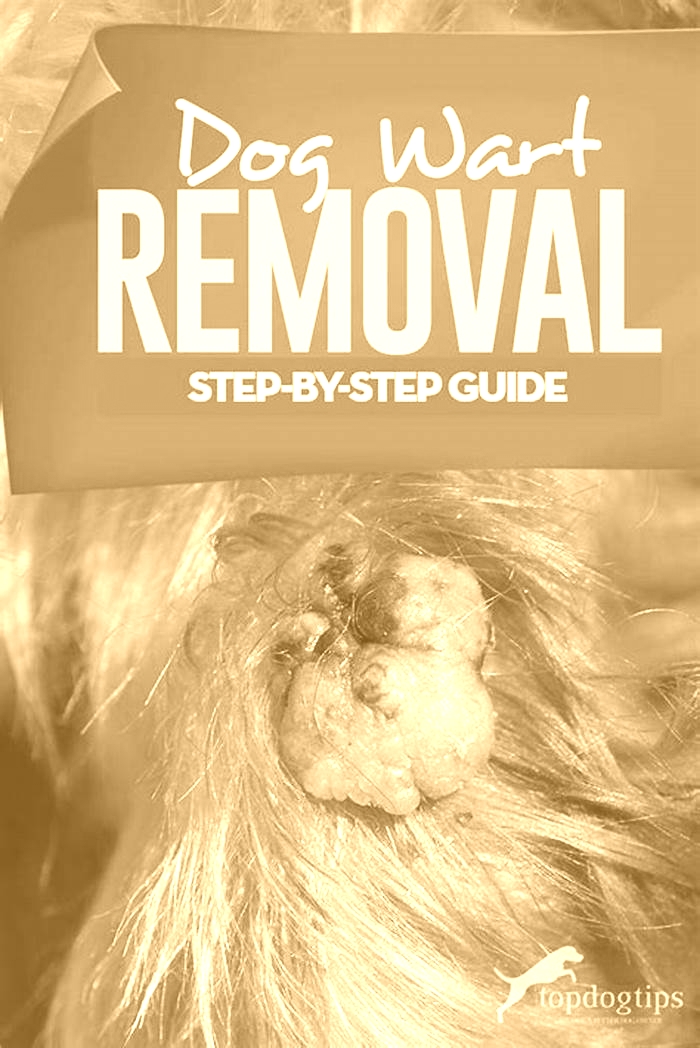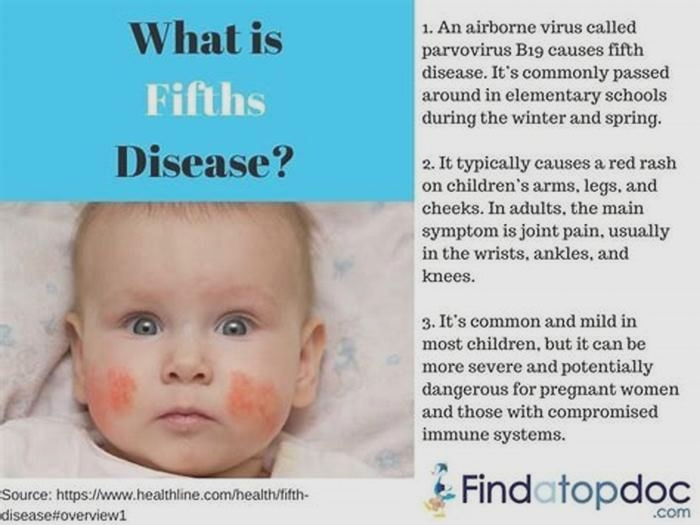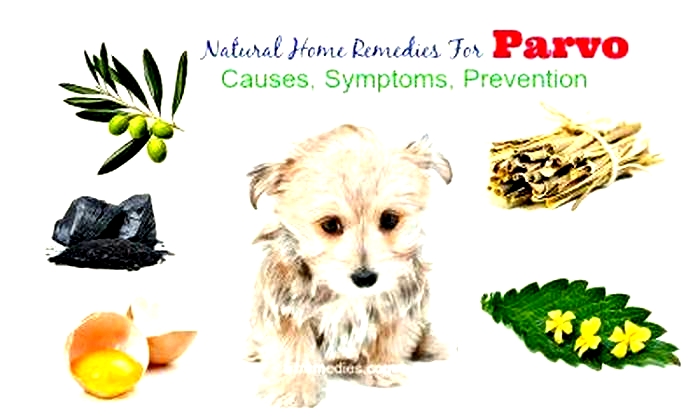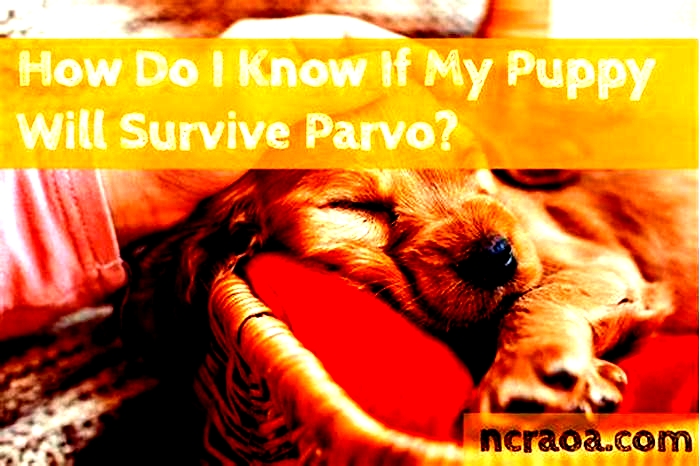What kills parvo
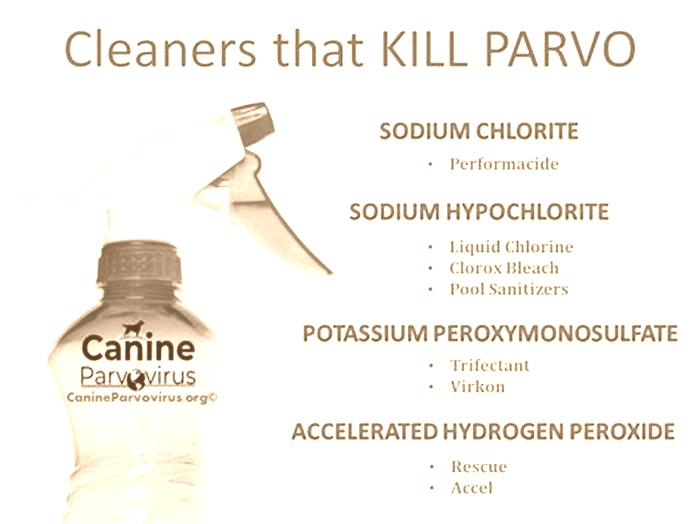
Canine Parvovirus
Canine Parvovirus can thrive anywhere. It can be on a fabric toy, a leather sofa, a front lawn, hardwood floors, or hiding in a pile of laundry. If your household has been exposed to Parvo, youll want to disinfect the entire home.
Parvo Cleaning Protocol
Parvo is so hard to kill because it can live for months and sometimes even years on an object. Who knows just how long the virus that contaminated your dog was alive and waiting. This is why there is a parvo cleaning protocol. The proper protocol for cleaning the parvo virus is:
- Use products that say they KILL parvo
- Disinfect daily during home treatment of parvo
- Disinfect everything at least 3 times after your dog tests negative for parvo.
You can certainly clean MORE than what is required, but do not reduce this parvo cleaning protocol.
FAQs Cleaning After Canine Parvo
Does Lysol kill canine parvo?
No, Lysol products do not kill parvo. Lysols own website which lists all of the viruses that their product kills, states Canine Parvovirus will NOT be killed by the ingredients in Lysol.
Does Spic and Span kill parvo?
No, Spic and Span does not kill parvo. The viruses that Spic and Span can kill are staph, strep, e.coli and influenza.
Do Clorox Wipes or Lysol Wipes Kill Parvo?
No. Clorox Wipes and Lysol Wipes will not kill canine parvo. If youre looking for a wipe that can be used to kill canine parvovirus, we recommend these Wipes by Micro-Scientific Opti-cide 3 (link to product). These wipes kill canine parvo with a 5 minute contact time. There is a video you can watch to see if this wipe will suit your needs.
What kills canine parvo?
Sodium Hypochlorite (Clorox Bleach) kills parvo.
These Bleach Alternatives KILL Parvo: Read HowChlorine Dioxide (Sniper) link kills parvo Sodium Chlorite (Performacide) kills parvo.Accelerated Hydrogen Peroxide (Rescu, Accel) kills parvo.Potassium Peroxymonosulfate (Trifectant, Virkon) kills parvo.
What are the recommended products for killing the parvo virus on my dog?
Cleaning feces or vomit on your dogs fur is a delicate process but not impossible. We address cleaning fur, paws on this page: Treating Parvo at Home. It contains a comprehensive list of recommendations INCLUDING products safest for fur, face, and paws.
Is bleach the best option for killing the canine parvo virus?
Bleach is the best option for many purposes, but not all. Bleach is harsh on the respiratory system, ineffective on organic material such as grass and soil, and it can burn skin and discolor fabrics.
Does non-chlorine bleach like 7th Generation kill canine parvo?
No,that is why Clorox brand is recommended. Chlorine free bleaches such as 7th Generation have many fabulous uses, but killing parvo it not one of them. If chlorine bleach is going to be your choice of disinfectant, check the label. It has to say that it kills parvo.
Are bleach alternatives the best option for killing canine parvo?
The bleach alternatives (mentioned above) for killing parvo will be the best option for multi-dog establishments, yards, porous surfaces and for cleaning objects that may not hold up to bleach. The bleach alternatives last longer, smell better and are not harsh on the respiratory system like bleach. Some dont even require rinsing which is a huge time saver.
To see detailed information about the cleaners that kill parvo without bleach, click our other page here: Bleach Alternates that Kill Parvo. This page is loaded with details about how these products work better than bleach on canine parvo.
Why is parvo so hard to kill?
Partly because the virus is immune to most household cleaners and partly because of the huge quantity a contaminated dog sheds. When infected dogs shed the parvo virus, they can shed 20-40 million viral particles per ounce of feces.
What do I need to clean when my dog has parvo?
Parvo virus likes all types of surfaces. Youll want to disinfect bedding, kennels, cages, collars, leashes, toys, water dishes, food dishes, rugs, lawns, pathways to and from bedding, kitchen sink, all handles, shoes, window panes, window sills.
Do I really have to disinfect my whole house after parvo?
Yes.
How long can parvo live in a house?
Without proper cleaning the viral particles of parvo can live a year or more in a house. Follow parvo cleaning protocol to make sure you are KILLING parvo in your house and not just spreading it around.
How long does parvo stay in carpet?
Disinfecting parvo from a carpet is very challenging because carpet is porous and traps particles. Parvo can live a year or longer on a carpet when not properly disinfected.
How many times should I clean my dogs bed after parvo?
3 times. Every item that was used by a contaminated dog should be cleaned with a product that kills parvo virus at least 3 times.
Can parvo live in soil or grass?
Absolutely yes, parvo lives a very long time in soil, grass, snow, mud, weeds, mulch, graveleverything.
How to get rid of parvo in yard
One of the reasons to keep your dog in quarantine is to make yard cleaning as easy as possible. Parvo virus particles are extremely difficult to kill on organic material because most organic materials have microscopic layers that contain porous places for the virus to live. So its not that parvo killing cleaners dont work on organic material, its more to do with how difficult it is to saturate layered, porous material.
Never let your dog with parvo defecate wherever he wants. Bring him to a contained area of the yard every time on leash.If you have time to prep, take a small contained area, lay down at least 6 ml plastic and spread mulch on top. After defecation, place the poop and a generous portion of the underlying mulch into a double bag. Saturate the double bag with your parvo killer, tie it up and dispose. Go back to the mulched are and spray a few squirts of the parvo cleaner on the defecation area.When your dog is 100% recovered from parvo, saturate the mulch with parvo killer, let it dry and then roll up the plastic and dispose.
How to get parvo out of clothes?
If you are not yet wearing all white when cleaning parvo, begin now. It may seem counter-intuitive, but when you wear all white clothing, you can effectively disinfect your parvo contaminated clothing with Clorox regular bleach (or other proven disinfectants). Read the label on the bleach, youre looking for Sodium Hypochlorite and you want to see Canine Parvovirus on the kill list. Thats why regular Clorox bleach is recommended. Please read this article for an in depth review about how to tell if your cleaner kills canine parvo: Interpreting Bleach Labels for Killing Viruses. For other clothing, read your care label. If it says use non-chlorine bleach only then your clothes will likely fade if you use regular Clorox. Unfortunately, color safe bleaches do not kill parvo.
We recommend Sniper (link to product)and some people have successfully used Rescue Parvo Cleaner to wash their clothing. Visit our: Recommended ProductsPage for More Info.
How to get parvo out of carpet?
We believe the best results will come from a product called Sniper. Go to our Recommended Products page to learn more. It is over $40 per gallon, but has the best rating for carpets. While Sniper doesnt stain carpets, the process of lifting feces out of a carpet could result in staining.
A powerful hot steam clean can also kill parvo on a carpet (perform the steam clean 3 times). If you dont have a steam cleaner for home use, we highly recommend this one for small -medium household jobs especially involving pets: Hoover Pet Dash Carpet Cleaner (link to product)
Wall to Wall Carpet Scraps
IF you have wall to wall carpeting and have left over pieces (often left by the installer) it is advised to call a professional. Many types of carpeting allow a professional to cut out stains, insert a new piece and blend seamlessly. There are also diy videos if you believe you have the skills (and the extra carpet). If you dont have extra carpet left by the installer, use whats installed in closets.
Where to Next?
Share this Image On Your Site
Canine Parvovirus
Our yard is, by far, the most challenging location to disinfect and kill the canine parvo virus (or any virus for that matter). Not because there arent products that work on organic matter, but the nature of grass, plants, dirt, landscaping stones and mulch beds is: nooks, crannies and layers.
So instead of a nice smooth surface thats easy to disinfect (like a counter top), were dealing with an intricate, labyrinthine type surface and that presents some challenges when trying to meet the technical requirements of Disinfecting. Because in order to truly disinfect (KILL) a virus or bacteria, we need a certain amount of Contact Time, by which the product MUST stay wet and on the virus for X amount of time in order to kill it. In most cases, that contact time is between 5 and 10 minutes and varies product to product. .
Thats what were diving into today. How on earth do we achieve any level of disinfection on organic surfaces that are not hard and solid. Here is what well cover:
- The 4 Main Challenges of Trying to Kill Parvo in a Yard
- Why Most Products That Kill Parvo Fail in Yards
- 2 Products that Will Help Kill Parvo Your Yard
- Tips for Using Products that Killing Parvo on Organics
4 Challenges When Trying to Rid a Yard of Parvo
#1 Disinfecting Parvo on Vertical Surfaces (AKA: Grass)
What happens if you spray your grass with a garden hose, turn it off, and return after 10 minutes? Anyone whos every watered their lawn knows that the recently watered grass will be moist near the roots, but the blades of grass are completely dry. Thats because the water rolled down each blade.
Therefore, its easy to see that getting a product to stay in contact on vertical surfaces for 10 minutes is nearly impossible. And thats the first reason cleaning parvo in yards is challenging.
Well go over a few things you can do to combat the verticle challenge in the next section but lets touch upon the second reason its so hard to kill parvo in a yard.
#2 Killing Parvo on Hard Surface Vs. Porous Surface
The second challenge for killing parvo in a yard is that the surface area of a lawn is not hard and solid, but its rather soft, pocketed, and porous. If you saturate a mulch bed or rock bed with a garden hose, it may look absolutely soaking wet. But its not. Youll notice if you turn over a few pieces of mulch or rocks, (even after a thorough soaking) they might be perfectly dry on the underside.
So if your dog defecated or vomited and shed the parvo particles in grass, mulch, rocks, weeds, hay and did some burying action with their hind legs, their liquid feces or vomit surely made its way into the underside crevices which create a protective hiding place when trying to clean parvo in the yard. You spray the disinfectant, but some of the viral particles that found their way into crevices, never get touched.
#3 Overwhelming Size of Area
The third challenge when disinfecting a parvo laden yard is the shear mass and size of job. Its one thing to clean water bowls, concrete slabs, and kennels, but quite another once the job moves across the vegetation of a lawn or yard.
Some of you are trying to clean parvo in a small isolated area while others are looking at a yard the size of a football field. Later on, well get into tips for addressing both.
#4 Product Efficacy in the Face of Organic Material
The final challenge is the reality that most disinfectants lose their effectiveness in the presence of organics. Grass, dirt, soil, mulch, weeds, plants they are all organic material and therefore you need products that dont degrade when they come into contact with organics.
Which products cant stand up to organic material? Lots, but Ill give you two examples here:
- Clorox Bleach
- Wysiwash Sanitize
Chlorine Bleach: One example of what not to use on organics is: Chlorine Bleach (Sodium Hypochlorite). Pick up a quality bleach like Clorox and youll see on the label that it can kill canine parvo in 10 minutes, but the problem with bleach on yards is two-fold:
- It will likely kill or fade everything living
- Bleach loses its power to kill powerful viruses and pathogens when used on organic materials.
Wysiwash: Wysiwash is one of the products we recommend to high-turnover dog facilities such as kennels and boarding places that have daily disinfectant requirements. We recommend it for killing parvo in high turnover areas because its easy to use, costs pennies a gallon and bonus: kills parvo virus in about 2 minutes and it also kills canine distemper.
It works wonders outside on concrete, patios, decks, slabs, swing-sets, artificial turf, low pile dog carpets: things likely to be used in kennels and boarding facilities. If this is what youre looking to clean in your yard, definitely check out Wysiwash for yourself here: (link to product).
As great as this product is for big outdoor jobs, its another example of a parvo killer that will NOT stand up to organic material like grass and dirt. Lets learn why.
Why Products Dont Stand Up to Organics
One of our favorite things to during product research is to call manufacturers and distributors and have an actual conversation. Today, we just had a great conversation with a guy named Larry at Wysiwash.
To be honest, I already knew the answer to the question, but I called anyway because people who manufacture or distribute these disinfectants have a great way of explaining why products fall shortand in this case, were talking about why products like Wysiwash shouldnt be counted on to kill parvo on grass and soil (organics).
Larry put it this way: The killing ingredient in products like Clorox and Wysiwash is indiscriminate. In finds whatever organism that isnt it and latches on or engulfs it for killing. And as it kills things, it doesnt become stronger, it dies itself.
Now imagine all the organisms that are in living in grass, brush, soil, mulch and plant beds. As soon as a product like bleach or Wysiwash comes into contact with these elements, it is overwhelmed with millions of things to kill and attack and loses its power. And with all that killing of millions of non-harmful organisms, it certainly doesnt have enough juice to take on canine parvo for the full 10 minutes.
Products that Kill Parvo and Do NOT Lose Effectiveness on Organic Materials
If youre like me, you want a product that is 100% safe for you, your dog, your kids, the environment and oh yeah: cheap. Unfortunatley in this case, we will not be able to have our cake and eat it to. While we recommend both products, here is where its all up to you. Youll have to make a decision between:
A ready to use, higher priced product thats safe enough for dog paws or
A product that goes a long, long way, requires mixing and involves a bit more safe handling and precautions around animals and humans (not too bad).
Lets get into the products and their details
Dog Fur and Paw Friendly Parvo Killer
Sniper Hospital Disinfectant
Yes, Sniper (link to product) is used in hospitals and that should give you some indication of its human and environmentally friendliness. It kills Staph, MRSA, HIV, Hepatitis, Legionairres, and of course, canine parvo. It can be safely used in ventilation systems and broadcast via find mist without issue.
Sniper kills parvo after 10 minutes of contact time and maintains effectiveness in the face of organics. Sniper is safe for dogs, humans, birds and is often used directly on animal fur at full strength to do things like deskunk and you can also wash your hands with Sniper. Thats how friendly it is.
The active ingredient in Sniper that kills parvo: Chlorine Dioxide
What is Chlorine Dioxide?Chlorine Dioxide (ClO2) is a highly effective biocide. It is a selective oxidant that eliminates a wide variety of species such as fungi, bacteria, and viruses.
Chlorine Dioxide is different than chlorine bleach in that it is SELECTIVE and can distinguish between friendly organisms (like plants and soil) and harmful organisms like canine parvo and hepatitis.
Its non-corrosive, non flammable, and has the lowest environmental impact allowed by the EPA. It comes ready to use, and you do NOT dilute to kill parvo.
Virkon-S
Virkon-S (link to product) kills canine parvo and is effective in the face of organics. In fact its used in the poultry industry to disinfect commercial coops and can even be used in sprayers. While Virkon-S is labeled to be safe in the presence of animals at a 200% dilution, that dilution is not appropriate for killing canine parvo.
In order to kill canine parvo, we dilute Virkon at a 1% That being said, animals have to be removed and the area must be dry before reintroducting. In my opinion, I would do this anyway. I wouldnt spray any disinfectant all over my yard and then let kids or pets run through it (even if was safe).
Virkon-S looks like pink chlorine powder or chlorine tabs but its not (which is why it stands up to organics). Its active ingredient is Sodium Peroxymonosulfate and it kills canine parvovirus and many other things such as Foot and Mouth, Avian Flu, Salmonella. It is commonly used in agriculture to kill the bacteria and viruses that harm livestock.
Virkon-S Advertised Statements
- Powerful independently proven effective against viral, bacterial and fungal disease causing organisms
- Fast acting a 1% solution is independently proven to kill bacteria and fungi with contact times as low as 5 minutes and the tough to kill parvovirus in 10 minutes or less
- Broad Spectrum Control surface, equipment, skin* & aerial disinfection
- Independently proven effective on porous surfaces, in hard water, at low temperatures and in the presence of organic challenge
- An environmentally acceptable product with an exceptional safety profile towards man and animals when used and disposed of as instructed on the label
- Selected by the experts recommended and used by Government Agencies throughout the world
5 Tips for Killing Parvo in Yards
#1 Maximize Direct Sunlight
Like most viruses, studies show that the canine parvovirus lives longest in moist, shaded areas and has the shortest lifespan in hot, dry, direct sunlight. Therefore, its in our best interest to get the environment on our side working with us instead of against us.
And while you cant rotate your yard to allow direct sunlight you probably have some shaded areas that can be easily changed to sunny. Take a good look at the yard you need to disinfect at various points of the day and determine everything thats casting shadows.
If youve got any of the following items throwing shade, remove them when trying to kill parvovirus:
- Umbrellas or Other Temporary Shade Structures
- Overhanging Limbs
- Overgrown brush or plants (tie skinny or prune)
- Cars, Boats, RVs
- Chairs, Picnic Tables, Furniture, Grills
- Trelliss, Arbors, Birdbaths
These little changes from shade to sun can reduce the average lifespan of the parvo virus by as much as a year.
#2 Stop Irrigation During Parvo Killing
If youve got automated sprinkler systems turn them off while you go through the disinfection process. Remember, a sun-baked lawn is a miserable place for the parvovirus and a wet lawn is happy place for parvo. Keep your lawn hot and dry.
#3 Use Parvo Killers that Dont Lose Effectiveness on Organic Material
We learned that Sodium Hypochlorite (chlorine bleach) products lose their ability to kill when they combine with organics and now well cover the products that stand up to them.
Tips for Using Your Choice Parvo Killer
Start in Ideal Conditions
Time of Day: Ideally begin on dry grass after the morning dew has evaporated.
Sunny Forecast: Be sure its not raining or going to be raining the day you use your product.
Rocks and Mulch Bed Tips
Saturate the area and keep it wet with the product for the appropriate contact time twice. Rake the mulch or shovel the stones to turn them over and repeat the disinfection process 2 more times. Rake or shovel a third time and repeat the disinfection process 2 final times.
When all is said and done, your rock or mulch bed would have been disinfected a total of 6 times, and turned a total of 3.
You can do more for good measure, but do not do less.
Summary Killing Parvo in Yards
The job ahead is challenging but not impossible and now you are in a better position for achieving success.
Remember the challenges posed by crevices and remember to turn mulch, rocks and soil.
Remember the challenges of vertical disinfection and how it relates to contact time. Set a timer and keep them wet the entire time.
Do not get discouraged when dealing with big areas. Stay focused and determined. Take it section by section. Anytime we get demoralized by the thought of a huge undertaking its helpful to thing of this:
How does one eat an elephant? One bite at a time.
Here are the helpful products links for easy access one last time. Use them to check current pricing and availability:
Sniper
Virkon-S
Pump Sprayer with Fan Spray Nozzle
Other Helpful In-House Articles:
Parvo Isolation Protocol
Treating Parvo at Home
Sources
- Lanxess Energizing Chemistry
- GE Restoration

